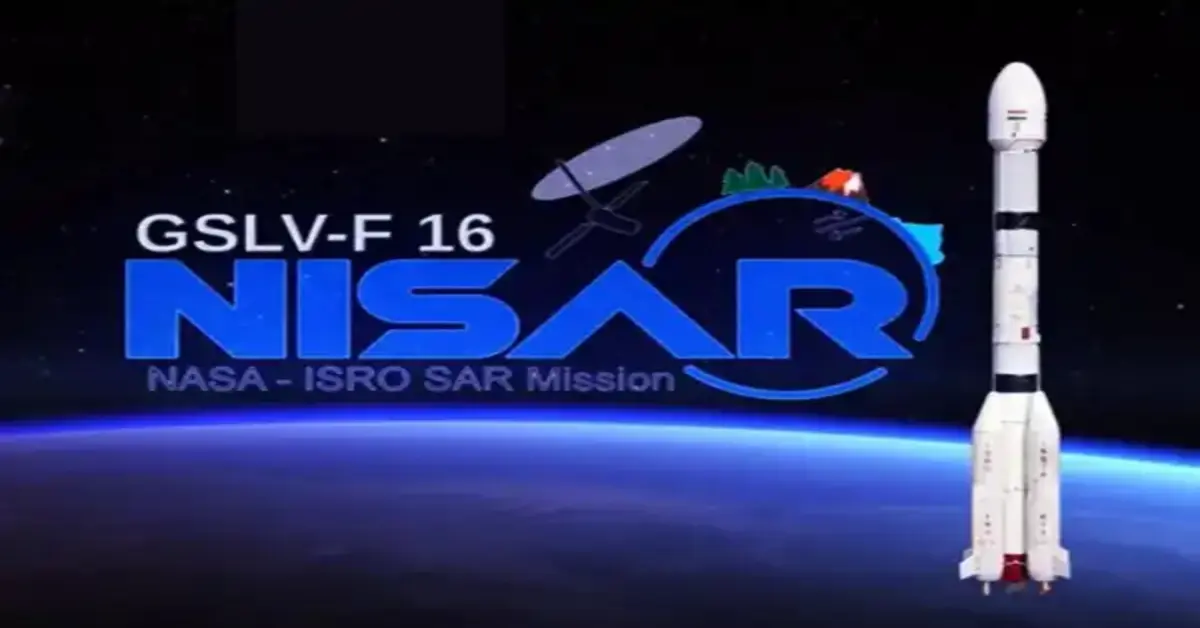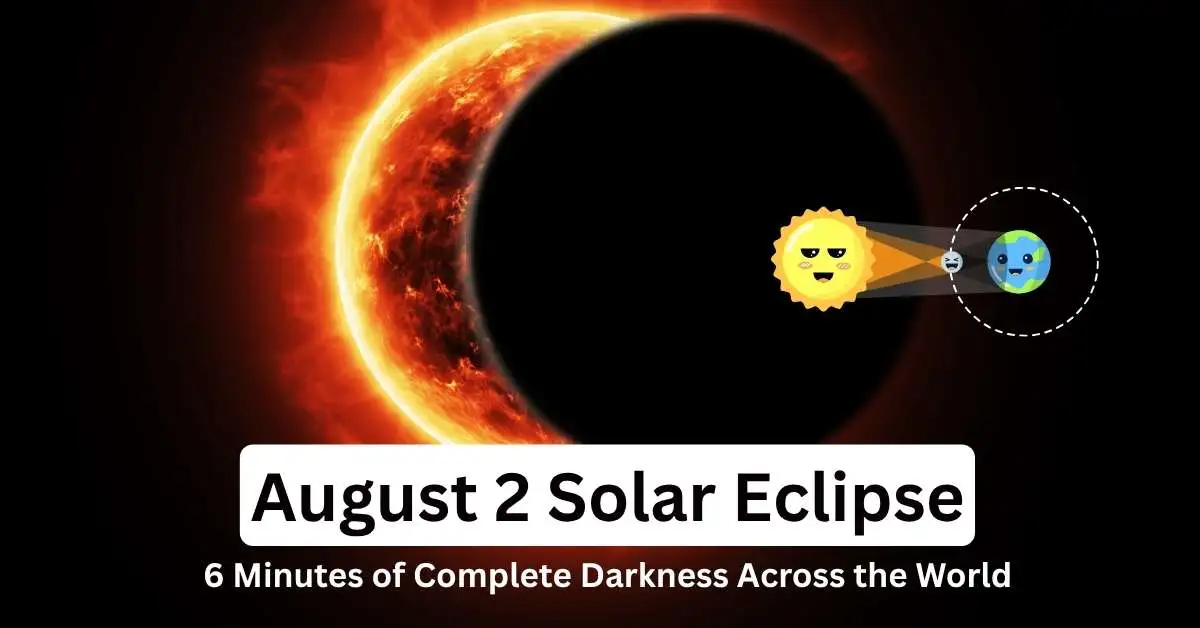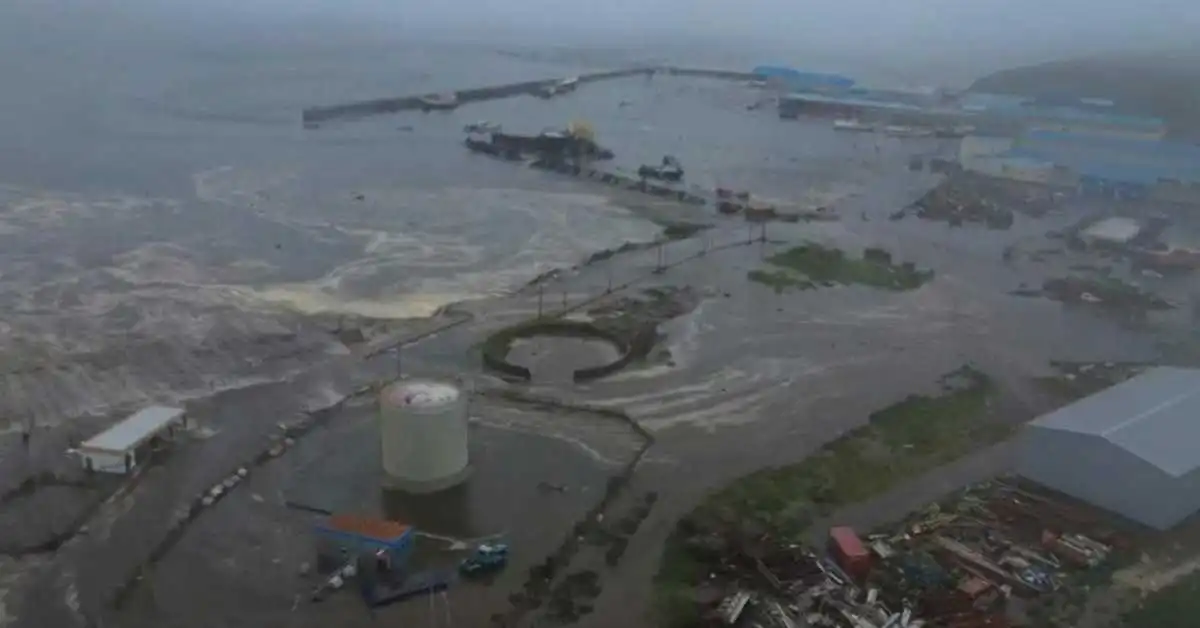A New Eye on Earth: NISAR Launches Successfully!
India and the USA have made history together. Today, on July 30, 2025, ISRO and NASA launched the powerful NISAR satellite. This mission gives us a brand new way to see and understand our changing planet.
The Launch to Space
An Indian GSLV rocket lifted the NISAR satellite into the sky. It launched from the Satish Dhawan Space Centre in Sriharikota, India. The satellite is now in orbit, flying about 745 kilometers above us. It will circle the Earth from pole to pole for the next five years.
Special Vision to See Everything
NISAR has two special radar eyes. NASA built one, and ISRO built the other.
- These radars can see through clouds, rain, and even forests.
- They will take incredibly detailed pictures of Earth’s surface, day and night.
This is the first time a satellite has used these two types of radar together. It will give us the clearest view of our planet’s land and ice ever.
What Will NISAR Do?
The satellite has very important goals. It will:
- Watch glaciers and ice sheets to track how fast they are melting.
- Help us understand and respond to natural disasters like earthquakes and volcanoes.
- Monitor our forests and farms, which is important for food and air quality.
- Study our oceans and coastlines.
A Great Partnership for the World
The NISAR mission shows the power of teamwork between ISRO and NASA. Best of all, they will share all the information from NISAR for free. Scientists and experts all over the world can use this data to help protect our planet.
The journey of the satellite itself was a symbol of this teamwork. NASA built its radar system in California and then flew the massive instrument to Bengaluru, India, in a special U.S. Air Force cargo plane. There, ISRO’s teams carefully integrated it with the rest of the satellite they had built.
The launch of NISAR is a huge success. It is a new tool in our mission to understand and care for our home. The massive amount of data it sends back will fuel new discoveries for years to come.








